The Cycle of Growth: Understanding the Composting Process

Composting – where what was once considered waste turns into pure gold for your garden. But, ever wondered how a pile of kitchen scraps those bits of food you didn’t eat, and the yard waste from your last cleanup can actually feed your plants and make them thrive? Well, pull up a chair, and let’s dive into the nitty-gritty of composting process.
Basics Components

Nitrogen (Kitchen Waste)
Nitrogen, on the other hand, is like their protein, critical for building cell structure. This nutrient is abundant in “green” materials such as kitchen scraps, coffee grounds, and fresh lawn clippings.
Stages of Composting Process
Stage 1: The Mesophilic Stage – The Warm-up
First, when you mix all your leftovers and yard stuff together, it’s like ringing the dinner bell for some microorganisms that like it cozy but not too hot. These bugs start eating up the scraps, which makes the pile start to warm up. The temperature of the compost pile rises to 40-45°C. It’s the beginning of everything breaking down. The PH of the mixture decreases due to the production of organic acids.
Stage 2: The Thermophilic Stage – The Hot spot
Next, things really heat up. Also called the “Sanitation phase”, the temperature rises above 45°C. As the pile gets warmer, different microorganisms that love the heat take over. They’re like the cleanup crew that can handle the tough stuff, breaking down things the first group couldn’t. This part gets so hot it even kills bad germs and seeds that could grow into weeds. This stage can last for weeks or months depending on the materials used. This stage can last for weeks or months depending on the materials used.
Stage 3: The Cooling and Maturation Stage – The Cool Down
After a while, the pile runs out of the easy-to-eat stuff, so it starts to cool down. The temperature drops back down to 40-45°C. The first group of microorganisms comes back for a final go, turning what’s left into a dark, rich dirt called humus. This is the good stuff that makes your garden happy because it’s full of nutrients and helps plants grow.
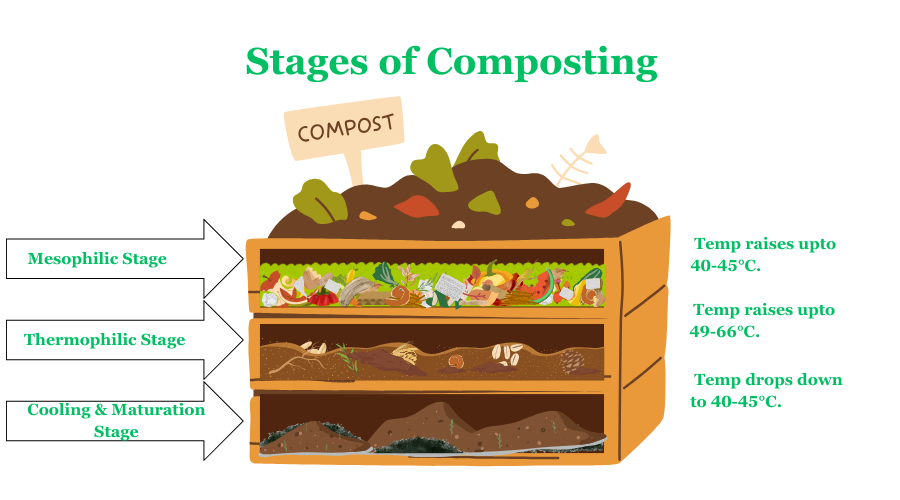
Composting is like nature’s way of showing us that everything goes in a circle. It takes the stuff we don’t eat and the leaves that fall off trees and turns them into something super useful for the earth. It’s like saying, even when things seem done and useless, they can start fresh and help something new grow. By composting, we help our planet and keep the circle of life going. It’s a cool way to see how everything in nature is connected and keeps moving forward.
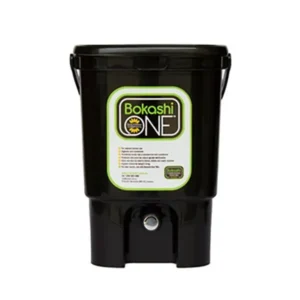
Bokashi One Kitchen Compost
2 reviews $98.00Composting Process FAQs
Fully mature compost usually takes 3-9 months to develop, depending on the materials, maintenance and methods used.
If your compost isn’t heating up, it might need more nitrogen-rich greens, it might be too dry, or it may not have enough mass. Try adding more green materials, moistening it, or making the pile bigger.
Compost is ready when it’s dark, crumbly, and has an earthy smell, without recognizable food or yard waste.
You can use compost to enrich garden beds, as mulch, in potting mixes, or as a natural fertiliser for your plants.





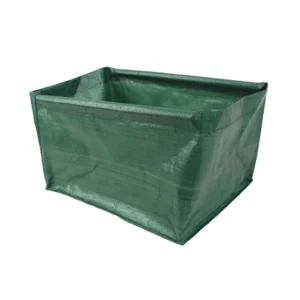
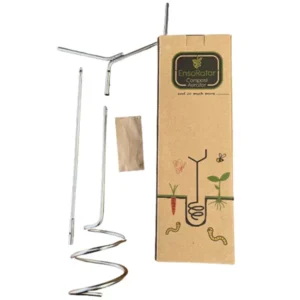
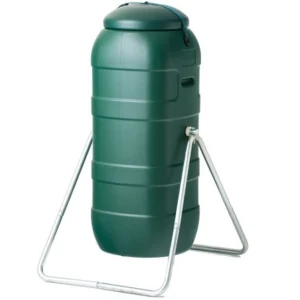
 Mosquito Traps
Mosquito Traps